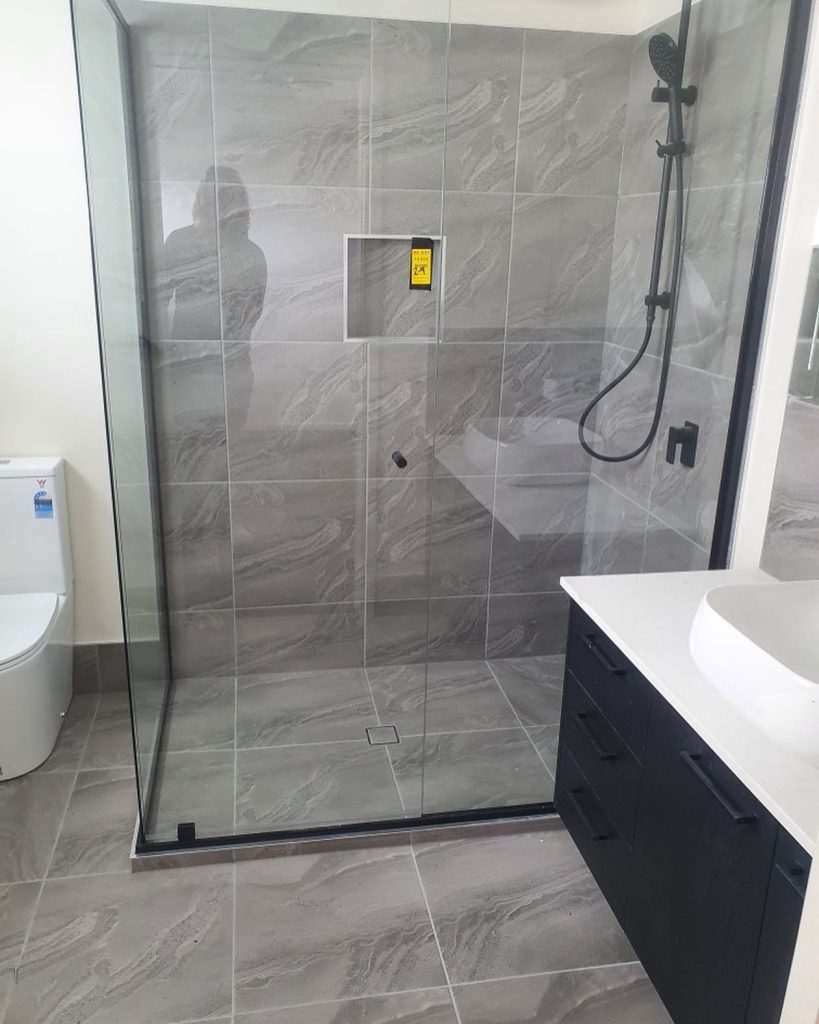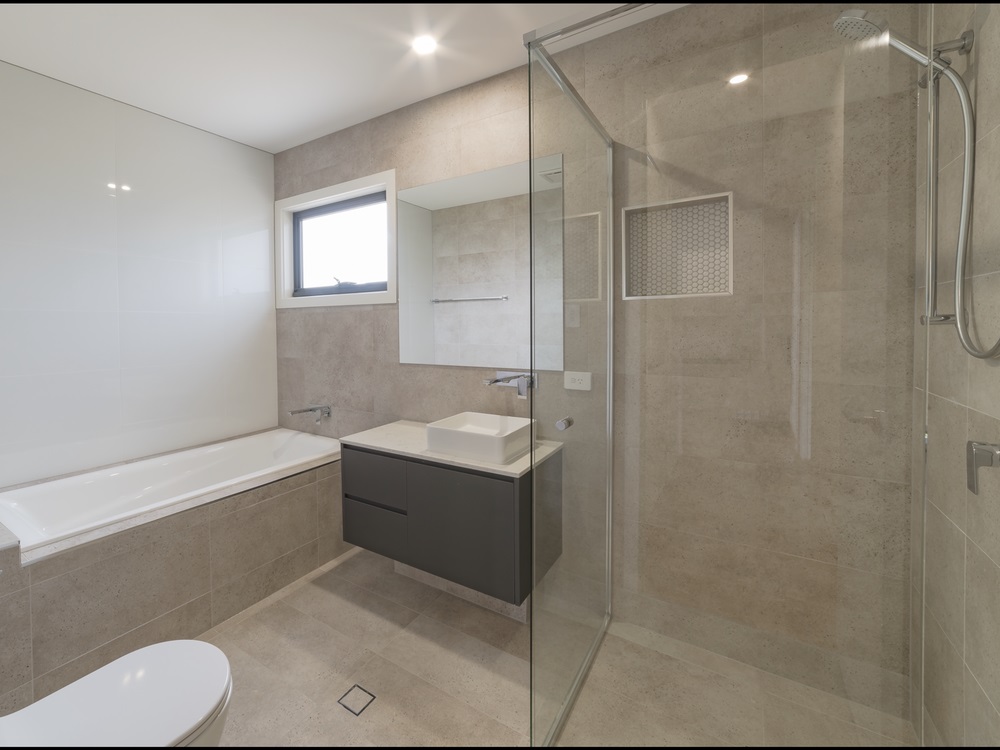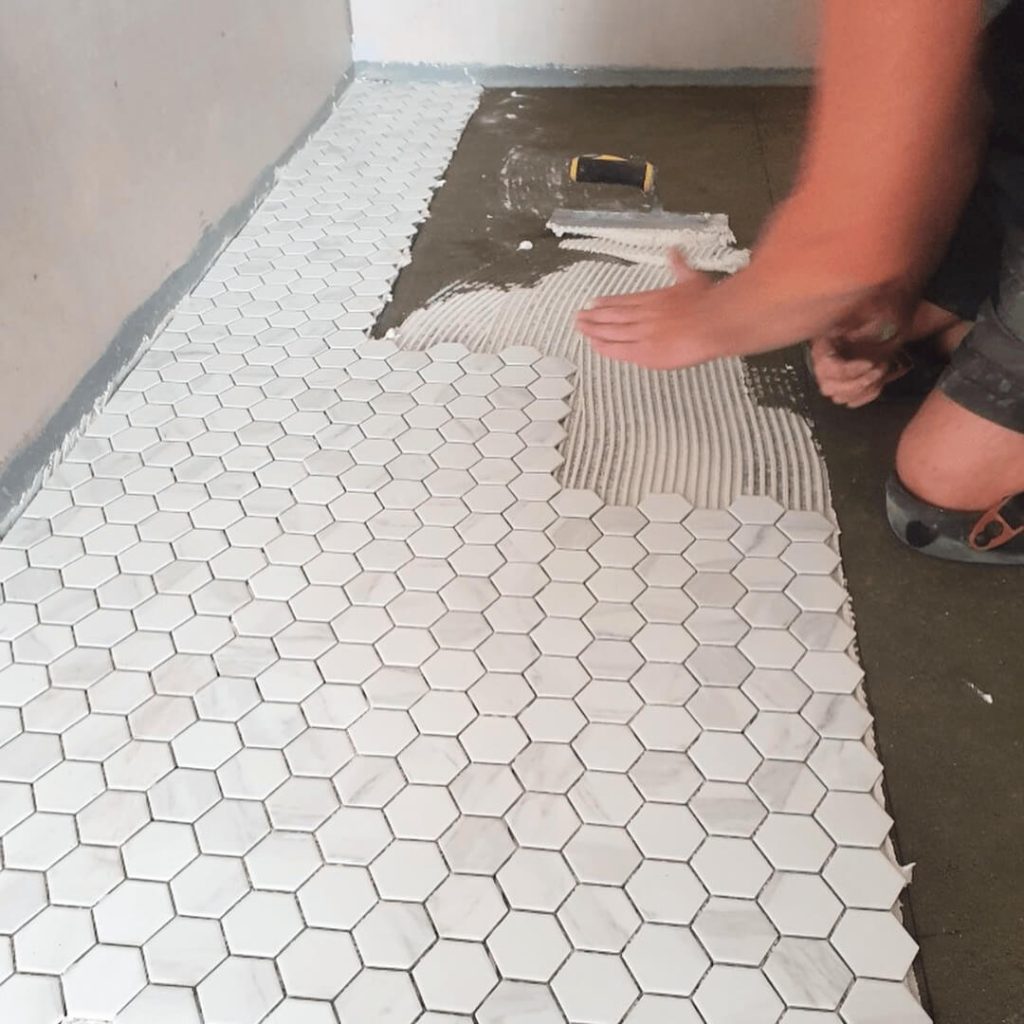Expert Tips for Selecting the Perfect Bathroom Tiles: Emphasise the use of porcelain tiles for flooring to enhance durability and aesthetics, evaluate the thickness of tiles to guarantee they are appropriate for both wall and floor applications, ensure uniformity across tile batches, scrutinise slip ratings for optimal safety in bathroom environments, and manage your budget with precision to prioritise feature areas. By strategically employing high-end tiles, you can achieve a remarkable visual effect, while opting for standard-sized tiles can help control labour costs effectively.
Choosing the most suitable tiles for a bathroom renovation can feel daunting due to the overwhelming range of options available on the market. With countless similar designs in neutral shades like white, beige, and grey, differentiating between them can be quite challenging, especially when their price points vary significantly.
By understanding the nuances of tile pricing and the critical factors that affect your selection, you can empower yourself to make informed decisions, thereby avoiding costly mistakes, saving money, and ultimately achieving a sophisticated and polished finish in your bathroom.
This detailed guide provides invaluable insights tailored specifically for Brisbane homeowners, ensuring you make intelligent and cost-efficient choices when it comes to selecting bathroom tiles.

Understanding Tile Pricing: Key Considerations for Informed Choices
Evaluating Material Composition for Enhanced Durability
Porcelain tiles are highly regarded for their dense structure, lower porosity, and extraordinary durability when compared to standard ceramic tiles. These tiles are crafted from finer clays and undergo higher firing temperatures, which results in greater resilience and typically aligns with a higher price point.
In bathroom settings, where exposure to water and durability are paramount, selecting porcelain tiles often represents a prudent investment. It is important to consider that ceramic tiles have improved significantly in recent years, offering budget-friendly alternatives that are ideal for wall applications and areas experiencing low foot traffic.
How Tile Manufacturing Techniques Influence Quality and Cost
The quality of bathroom tiles is impacted not only by their material composition but also by the manufacturing processes employed.
Single-fired tiles are usually more cost-effective but may lack consistency in quality. On the other hand, double-fired tiles offer richer finishes, vibrant colours, and enhanced durability, making them a valuable investment for those seeking superior quality in their renovations.
Tiles with rectified edges are meticulously cut using advanced machinery, ensuring uniformity in size and shape. Although these tiles may carry a higher price tag, they allow for minimal grout lines, resulting in a seamless and contemporary appearance that is highly desirable among homeowners.
Understanding Tile Thickness for Structural Integrity and Performance
When selecting tiles, it’s crucial to recognise that flooring tiles need to be thicker and more robust than those intended for wall applications.
For instance, wall tiles typically range from 6 to 8mm in thickness, while floor tiles usually measure between 8 and 12mm.
- Wall tiles generally have a thickness of 6–8mm.
- Floor tiles typically range from 8–12mm thick.
Investing in thick, heavy-duty tiles when wall coverage is all that is required can lead to unnecessary expenses. Aligning tile thickness with the specific application is essential for optimising your budget effectively.
Evaluating Brand Reputation Versus Material Quality in Tile Selection
Branding in the tile industry often results in inflated costs without a corresponding improvement in quality.
Renowned European brands such as Porcelanosa and Marazzi frequently command higher prices based mainly on their reputation rather than the actual quality of their offerings.
Renovators in Brisbane should concentrate on the genuine quality of materials, the firing techniques employed, and slip resistance ratings rather than solely relying on brand names when making their tile decisions.

Effective Strategies for Maximising Your Tile Budget: Achieving Quality Within Financial Constraints
By making smart and strategic choices, you can achieve a refined aesthetic for your bathroom without exceeding your financial limits. Below are practical strategies to optimise your tile expenditure.
Integrate Premium and Standard Tiles:
Include luxurious feature tiles on a focal wall or within a specific niche while opting for more economical tiles in less visible areas to balance visual appeal and cost.
Select Larger Format Tiles:
Larger tiles, such as those measuring 600x600mm, cover more surface area and reduce the number of grout lines, creating an illusion of spaciousness in smaller bathrooms while also decreasing labour costs.
Opt for Standard Sizes:
Choosing non-standard tile sizes can significantly increase both purchase and installation costs. Selecting standard sizes ensures savings and simplifies the installation process.
Seek Clearance or End-of-Run Stock:
High-quality tiles are often available at discounted prices during the final phases of production runs. Purchasing discontinued tiles can yield considerable savings, but always ensure to acquire an extra 10–15% for future repairs or replacements.
Prioritise Durable Tiles for Floors and High-Traffic Areas:
Direct more of your budget towards tiles for flooring and wet zones where durability is essential, while using cost-effective options in dry or low-traffic spaces.
Identifying the Key Differences in Tile Quality for Informed Choices
Although many bathroom tiles may appear similar at first glance, significant differences exist beneath the surface that can greatly influence your renovation experience.
Shade Consistency:
Inexpensive tiles often exhibit inconsistencies in colour across different batches. Always confirm batch numbers before making a purchase to avoid mismatched tiles that can disrupt your design aesthetic.
Glazing Quality:
Lower quality glazes are more susceptible to chipping and staining over time. High-quality glazing is resistant to scratches and absorbs less moisture, which is critically important in wet areas such as showers.
Porosity Levels:
Highly porous tiles can lead to water ingress and cracking over time, a common issue with cheaper ceramics that can result in costly repairs in the long run.
Slip Resistance Ratings:
Bathroom floor tiles should adhere to an R10 slip resistance rating according to Australian standards to ensure safety in wet conditions and prevent accidents.
Failing to evaluate these essential factors can turn what seems like a straightforward tile choice into a potentially costly repair and replacement situation.
Examining the Financial Impact of Grout Selection on Your Tiling Project
While the selection of tiles establishes the overall aesthetic for your bathroom, the choice of grout is equally crucial, as it directly influences durability, visual appeal, and maintenance requirements of your tiling project.
Comprehending Grout Costs and Material Types for Optimal Choices
Standard Budget Grout:
Traditional cement-based grouts are economical and suitable for low-moisture environments. However, they are porous and may discolour or crack over time, particularly in showers and high-traffic bathrooms.
Premium Grout Options:
Grouts that are either epoxy-based or modified with polymers are resistant to stains, cracking, and moisture absorption. Although their initial costs are higher, they often lead to long-term savings due to reduced maintenance and repair needs.
Premium grout options also provide vibrant, enduring colours that maintain their brilliance even with regular use.
Understanding the Financial Implications of Tile Size on Grout Costs
Smaller tiles require a larger amount of grout, impacting both material costs and labour during installation.
- Mosaic and small-format tiles demand a significantly greater volume of grout, both in terms of material and labour during installation.
- Large-format tiles (600x600mm or larger) minimise grout lines, which reduces both material and labour expenses.
If you opt for smaller tiles for aesthetic reasons (such as penny rounds or subway patterns), be sure to allocate funds for premium grout. The visibility of grout lines necessitates the use of a durable, stain-resistant product to ensure longevity and visual appeal.

Your All-Inclusive Tile Buying Checklist for Successful Bathroom Renovations
- Prioritise porcelain tiles for floors and wet areas to guarantee durability.
- Utilise ceramic tiles for walls wherever applicable for cost-effectiveness.
- Confirm tile thickness based on the intended installation area to maintain structural integrity.
- Verify batch consistency to avert colour mismatches that can disrupt your design vision.
- Check slip ratings for bathroom flooring to ensure safety in wet zones.
- Invest in high-quality tiles for floors and splash zones where durability is critical.
- Be strategic with your budget: allocate funds judiciously, focusing on areas that provide visual interest and impact.
Feel free to reach out to us for more innovative tiling ideas that can assist in keeping your bathroom renovation within budget while ensuring both style and functionality.
The Article: Tile Selection to Maintain Your Bathroom Renovation Budget first appeared on https://writebuff.com
The Article Tile Selection for a Budget-Friendly Bathroom Renovation Was Found On https://limitsofstrategy.com

